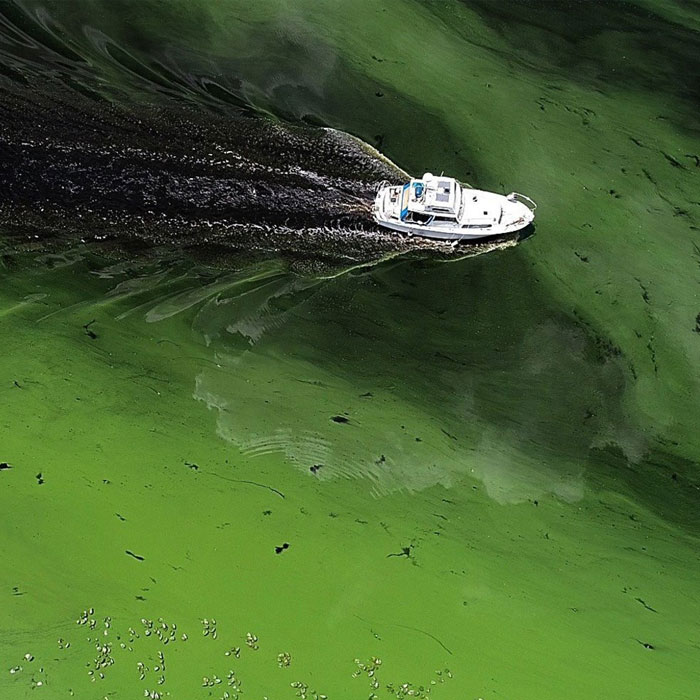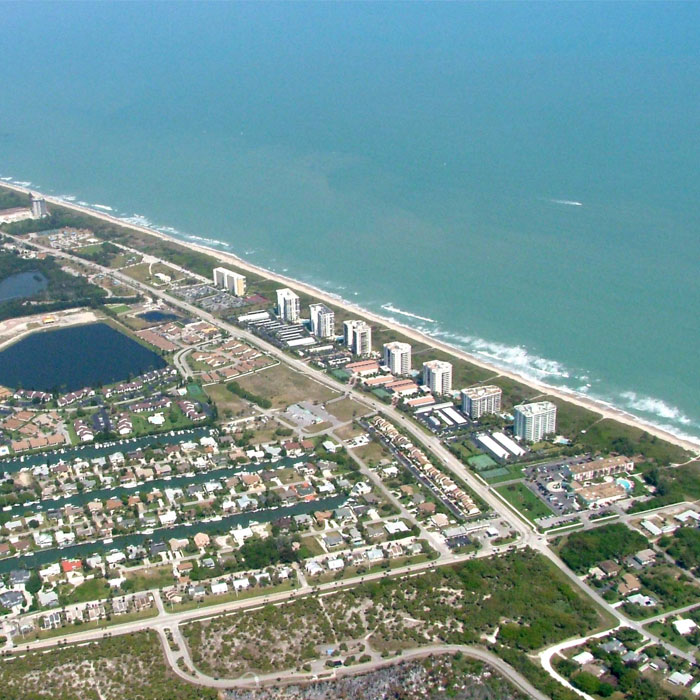Florida Center for Coastal and Human Health

Florida is on the frontline of environmental change. Decades of rapid population growth, the loss of natural areas and altered water flows have caused documented ecological shifts across the state. Today, coastal regions face additional challenges like warming temperatures, rising sea levels and the increasing occurrence of Harmful Algal Blooms and other significant health threats.
 Harmful Algal Blooms (HABs) occur when groups of freshwater or marine algae grow uncontrollably and have toxic or other damaging effects on the environment, animals or people. These algal species are natural residents of aquatic communities and under normal conditions are present in low levels. However, during a bloom event their abundance greatly increases, causing cascading impacts throughout the ecosystem. HABs typically form as a response to changing environmental parameters and are often result from human activities. The dynamics of HABs and the extent of their impacts in Florida is not fully understood, therefore further research in these areas is critical.
Harmful Algal Blooms (HABs) occur when groups of freshwater or marine algae grow uncontrollably and have toxic or other damaging effects on the environment, animals or people. These algal species are natural residents of aquatic communities and under normal conditions are present in low levels. However, during a bloom event their abundance greatly increases, causing cascading impacts throughout the ecosystem. HABs typically form as a response to changing environmental parameters and are often result from human activities. The dynamics of HABs and the extent of their impacts in Florida is not fully understood, therefore further research in these areas is critical.
 In 2018, the Harbor Branch Oceanographic Institute Foundation provided the support to establish the Florida Center for Coastal and Human Health which fulfills the unmet scientific need to understand these emerging issues, predict their impacts and protect the health and safety of the Indian River Lagoon’s regional population. The Center combines leading expertise and multidisciplinary research to take on complex problems and work towards creating a healthy environment, population and economy. To date, the Harbor Branch Oceanographic Institute Foundation has awarded four grants totaling $3.04 million to conduct and share this critical research.
In 2018, the Harbor Branch Oceanographic Institute Foundation provided the support to establish the Florida Center for Coastal and Human Health which fulfills the unmet scientific need to understand these emerging issues, predict their impacts and protect the health and safety of the Indian River Lagoon’s regional population. The Center combines leading expertise and multidisciplinary research to take on complex problems and work towards creating a healthy environment, population and economy. To date, the Harbor Branch Oceanographic Institute Foundation has awarded four grants totaling $3.04 million to conduct and share this critical research.
Sponsored by:


